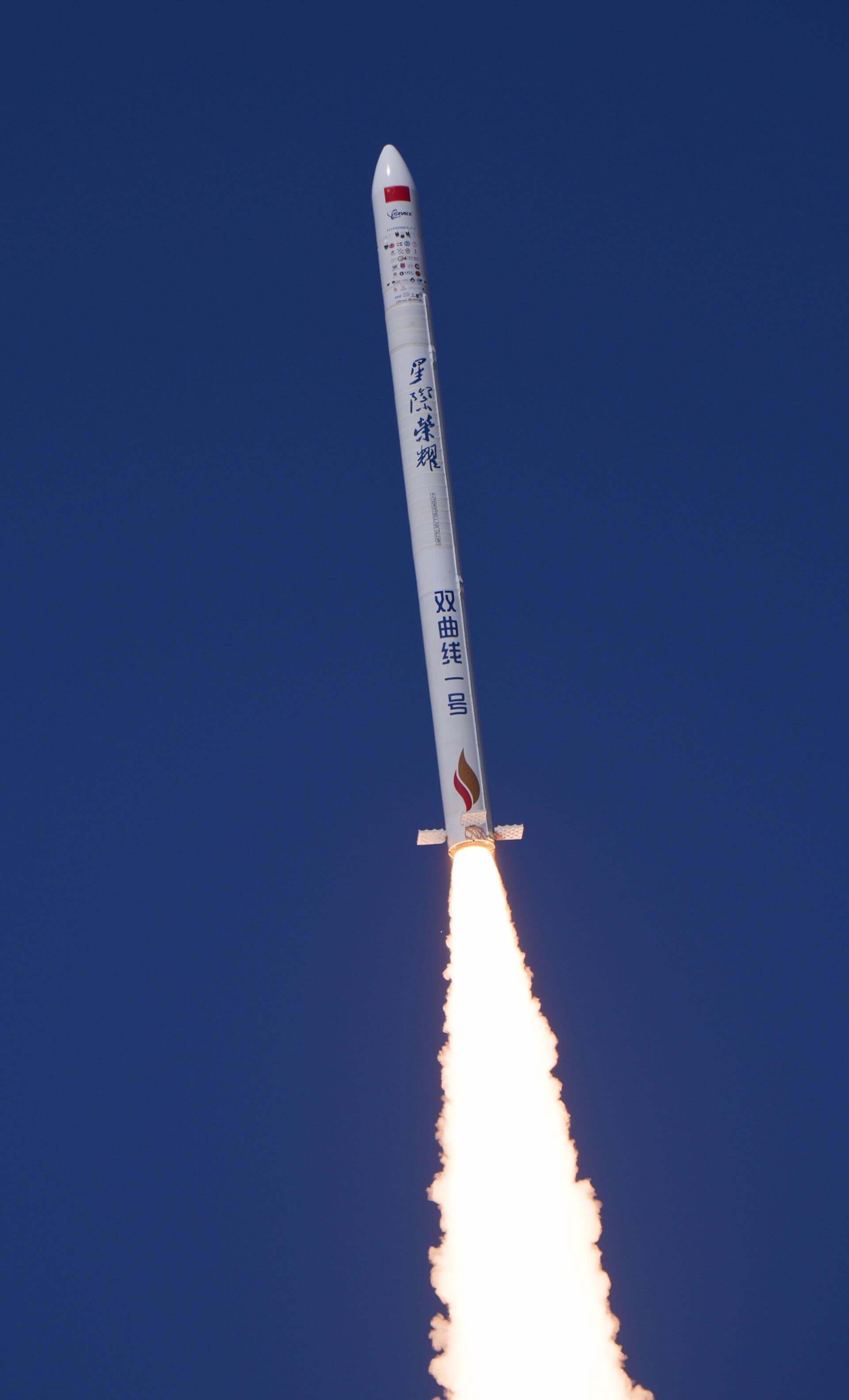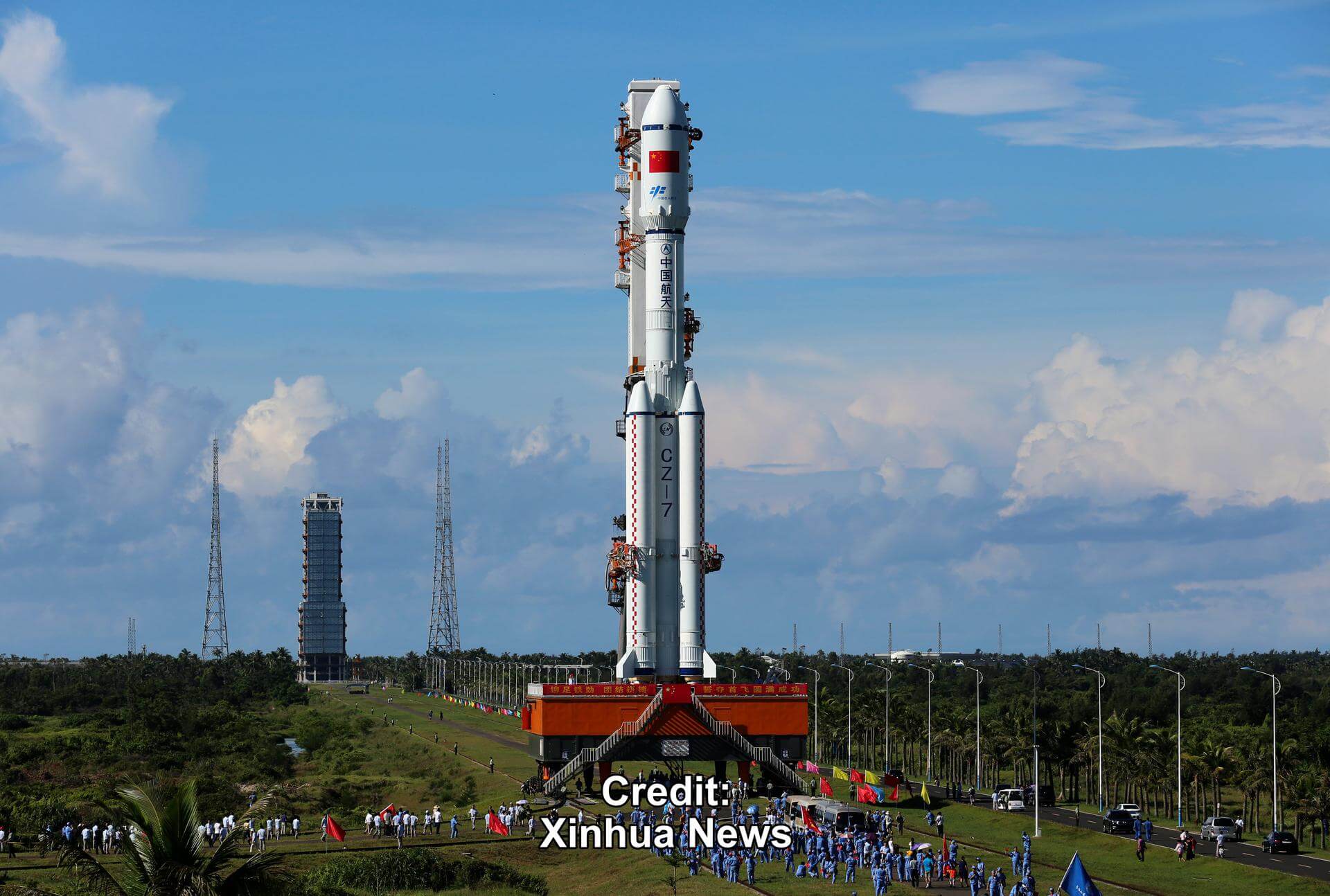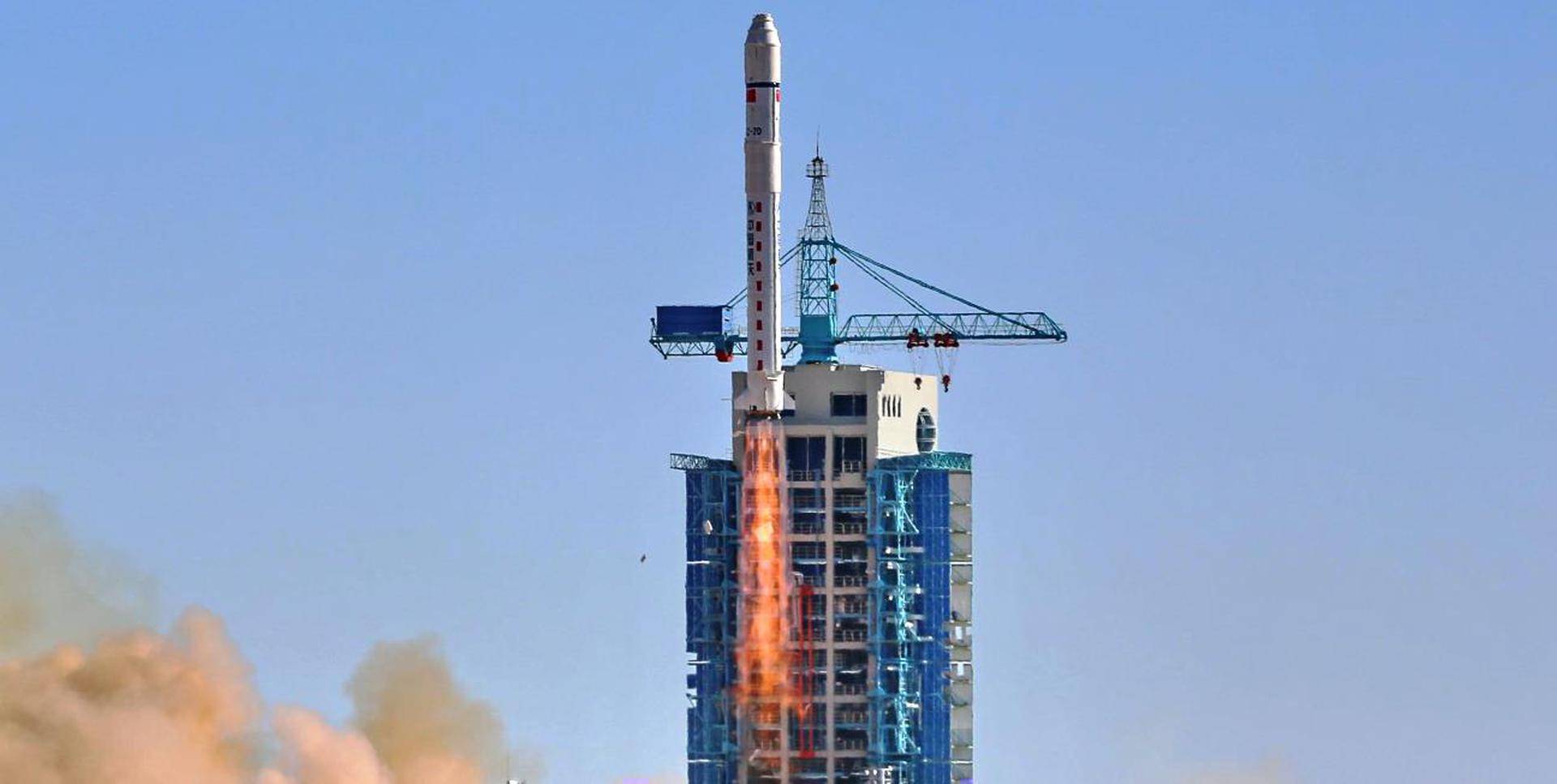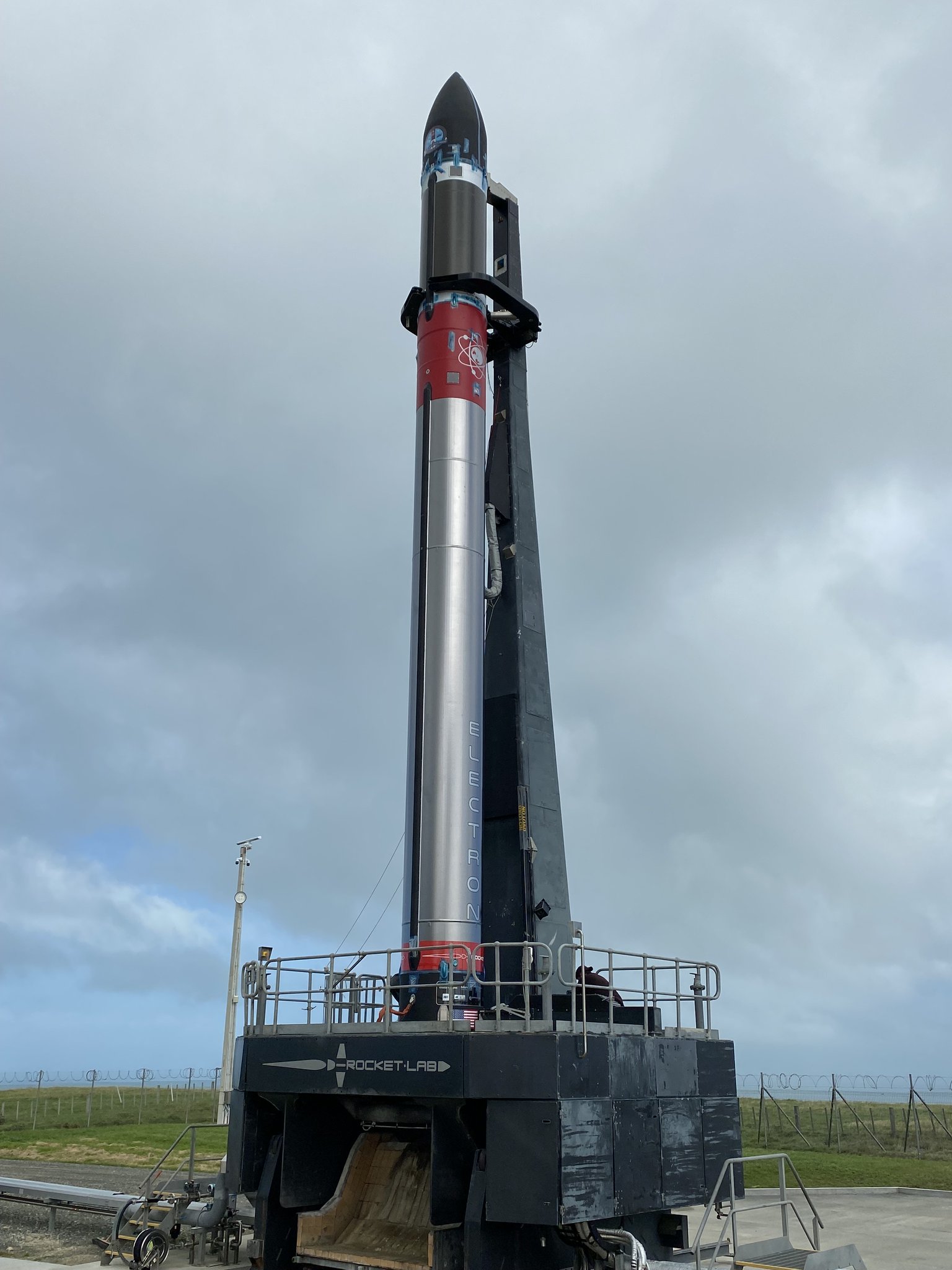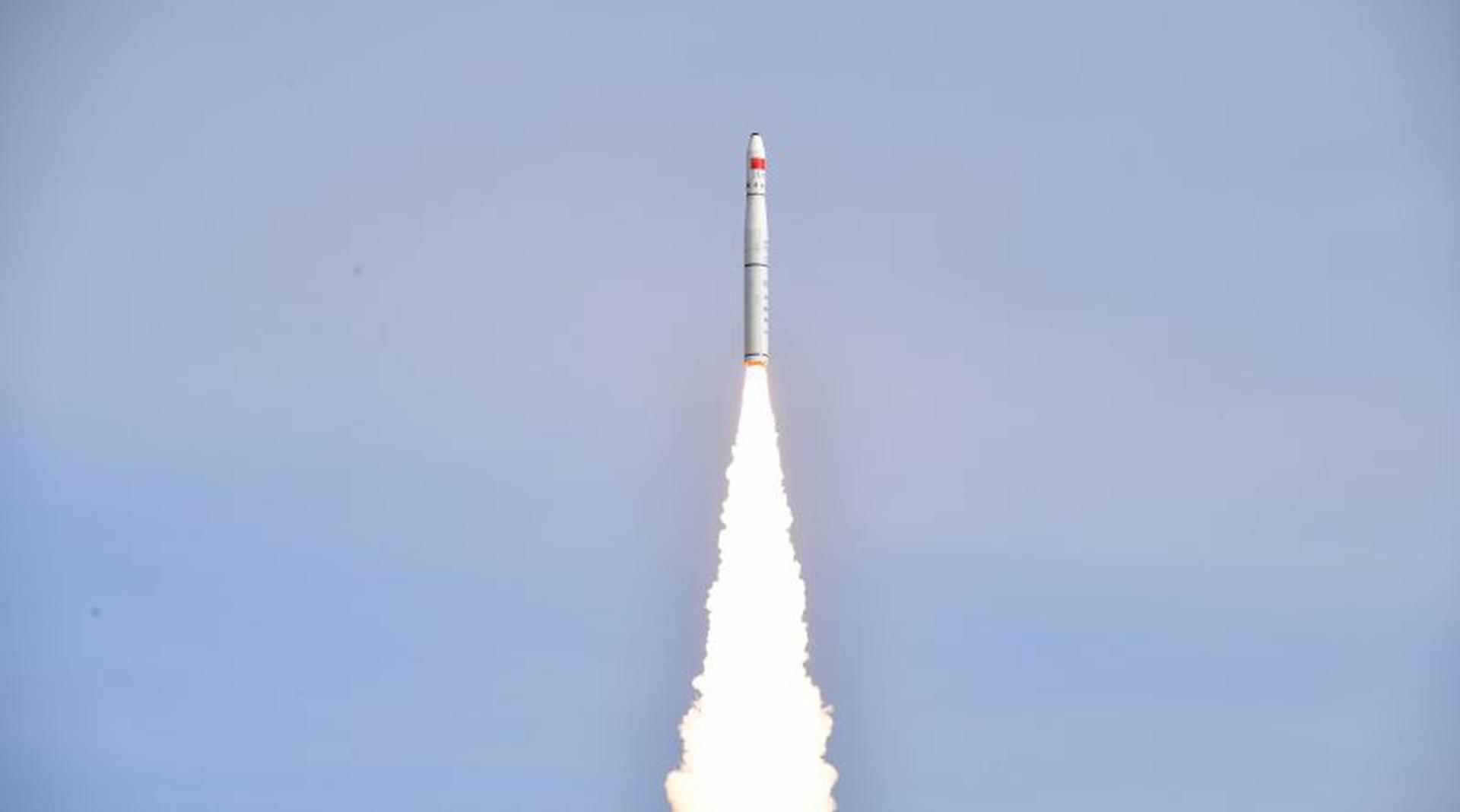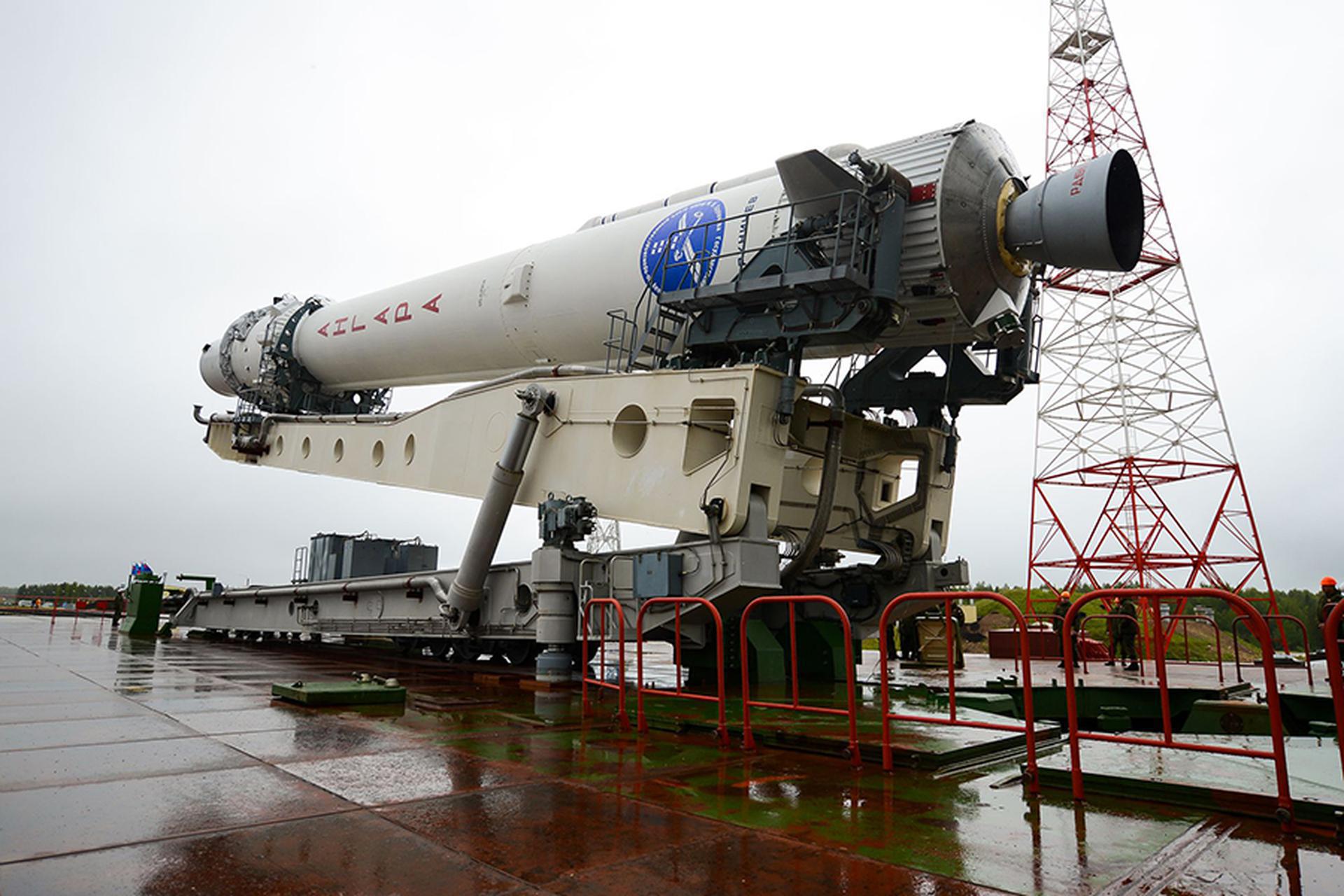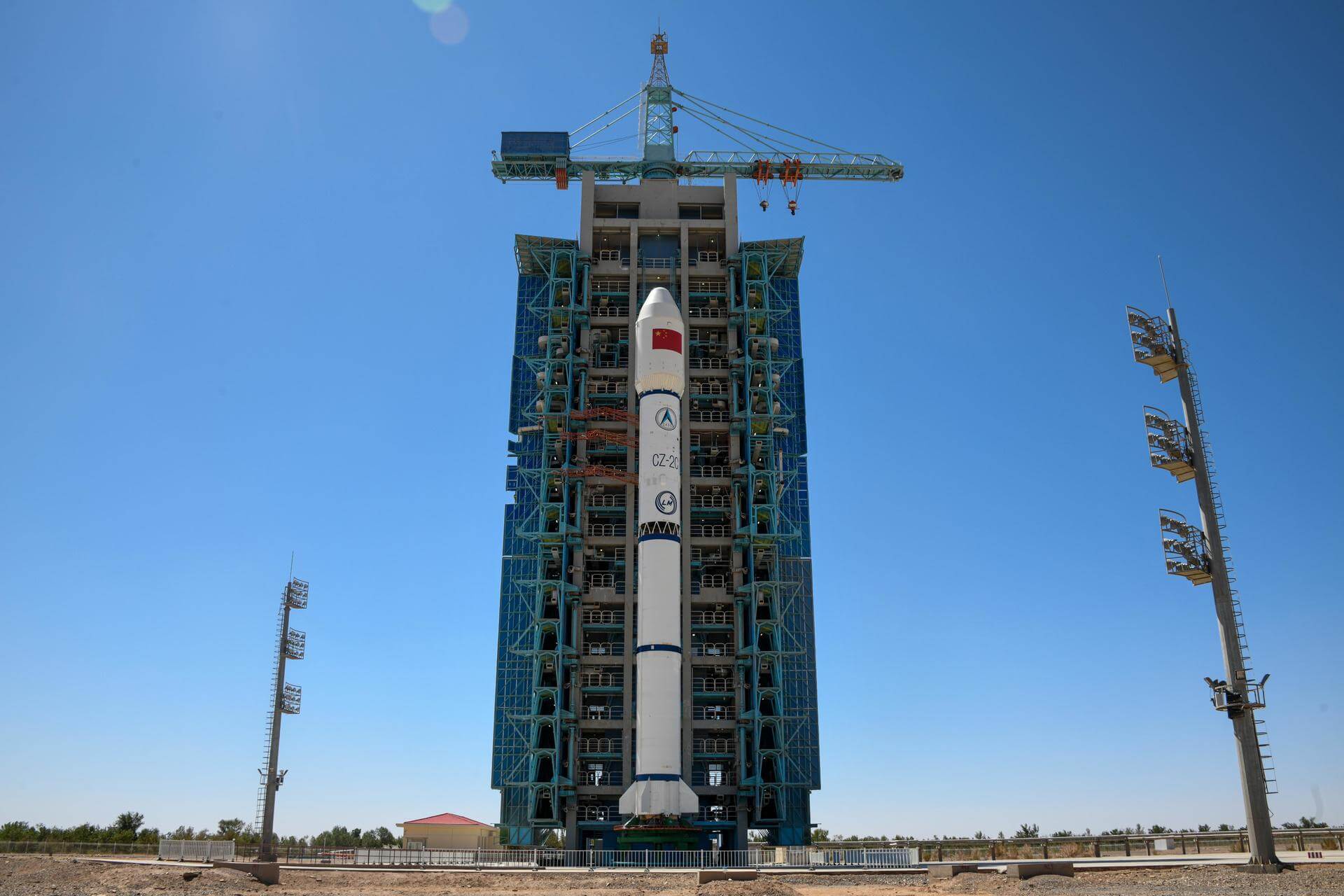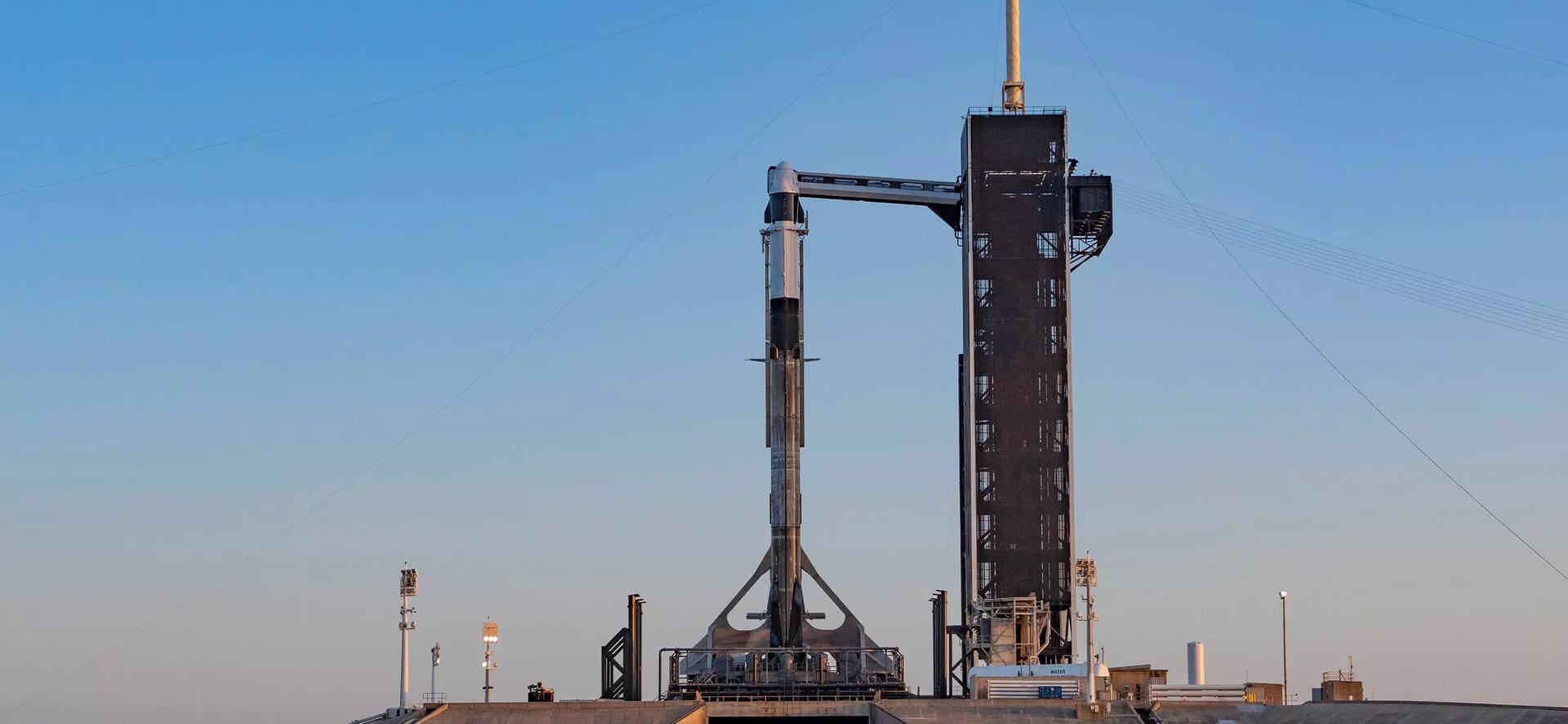Previous Spaceflight Launches
Filter by Agency, Locations or Vehicles
Show All LaunchesHyperbola-1 | Jilin-1 Mofang-01A(R)
i-Space | ChinaJiuquan Satellite Launch Center, People's Republic of China
May 13, 2022, 7:09 a.m.
Long March 7 | Tianzhou-4
China Aerospace Science and Technology Corporation | ChinaWenchang Space Launch Site, People's Republic of China
May 9, 2022, 5:56 p.m.
Falcon 9 Block 5 | Starlink Group 4-17
SpaceX | United States of AmericaKennedy Space Center, FL, USA
May 6, 2022, 9:42 a.m.
Long March 2D | Jilin-1 Wideband-01C & High Resolution 03D-27 to 33
China Aerospace Science and Technology Corporation | ChinaTaiyuan Satellite Launch Center, People's Republic of China
May 5, 2022, 2:38 a.m.
Electron | There and Back Again (Rideshare)
Rocket Lab | United States of AmericaRocket Lab Launch Complex 1, Mahia Peninsula, New Zealand
May 2, 2022, 10:49 p.m.
Long March 11 | Jilin-1 HR-03D-04 to 07 & 04A
China Aerospace Science and Technology Corporation | ChinaHaiyang Oriental Spaceport
April 30, 2022, 3:30 a.m.
Falcon 9 Block 5 | Starlink Group 4-16
SpaceX | United States of AmericaCape Canaveral SFS, FL, USA
April 29, 2022, 9:27 p.m.
Angara 1.2 | Kosmos 2555 (MKA-R)
Khrunichev State Research and Production Space Center | RussiaPlesetsk Cosmodrome, Russian Federation
April 29, 2022, 7:55 p.m.
Long March 2C | SuperView Neo 1-01 & 02
China Aerospace Science and Technology Corporation | ChinaJiuquan Satellite Launch Center, People's Republic of China
April 29, 2022, 4:11 a.m.
Falcon 9 Block 5 | Crew-4
SpaceX | United States of AmericaKennedy Space Center, FL, USA
April 27, 2022, 7:52 a.m.
